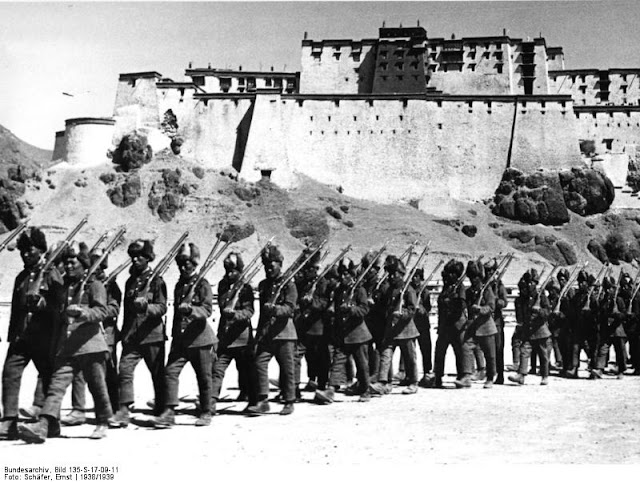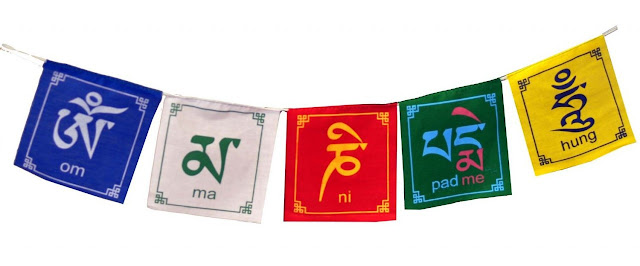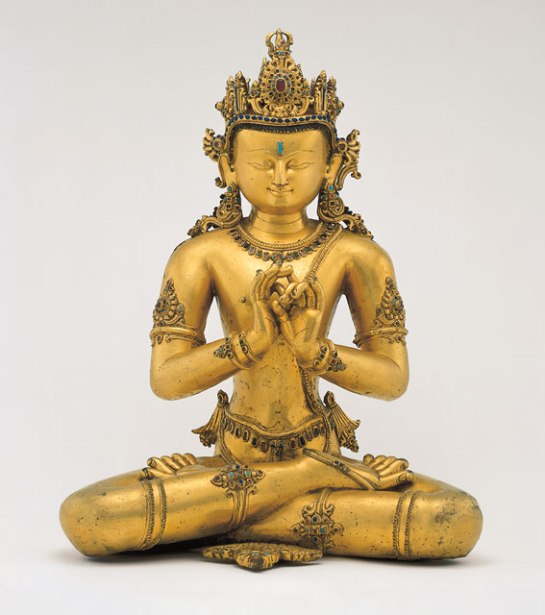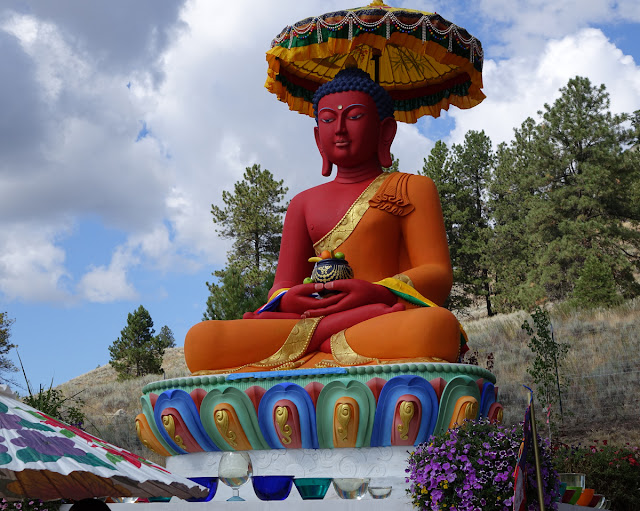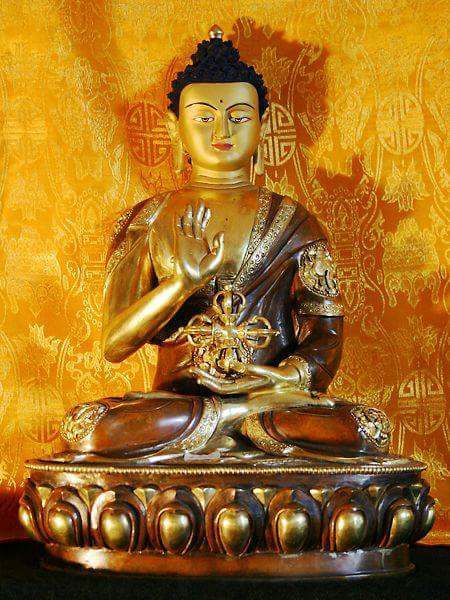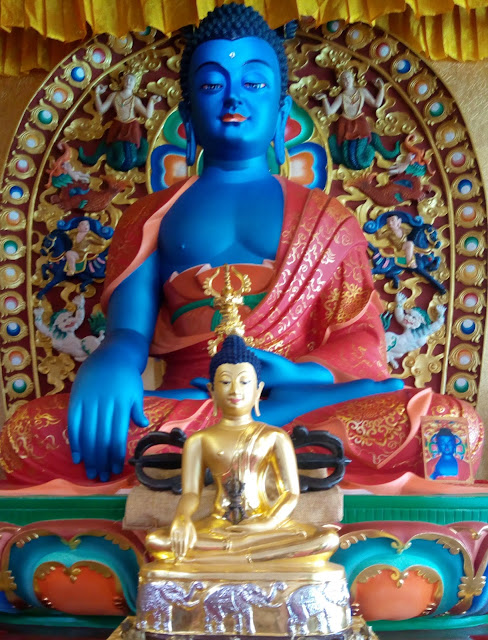在藏語中有一句諺語: "悲劇應該被用來作為力量的源泉。不管有什麼困難, 經歷多麼痛苦, 如果我們失去了希望, 那就是我們真正的災難。
第十四達賴喇嘛
There is a saying in Tibetan, “Tragedy should be utilized as a source of strength.” No matter what sort of difficulties, how painful experience is, if we lose our hope, that’s our real disaster - His Holiness The 14th Dalai Lama.
Finding the inner strength is a driving force of the never-ending spirits of every living being on earth. It is likewise worth recollecting that the time of the most prominent gains in term of wisdom and inner strength is often that of the greatest difficulty. But with the right approach, the experience of agony can open our eyes to reality.
Infrequently you need to sacrifice a little within first to rise again as a stronger and smarter of yourself. Nobody gets through life without losing someone they cherish, someone they need, or something they thought was intended to be. Undoubtedly, these dreadful experiences were merciless. Each of them, naturally, thumped us down and disoriented for a period.
When our time of grieving was over in each individual circumstance, Yet, it is these misfortunes that make us stronger and eventually progress toward future opportunities for evolution and help us with a greater comprehension and respect for life.
Walking the earth for thousands of years, we human beings certainly survived a lot. We persevered and still do. But how was the story told? How did our ancestors depict it, our strength? For those who have been wondering, here are the emblem of inner strength and their meanings across cultures around the Himalayas.
On March 17, 1959, It was one of the most oppressive and strenuous moments of his life. His Holiness The 14th Dalai Lama was given casual civilian clothes to replace his usual maroon robes. The spiritual leader of the Tibetan people was spirited away from Lhasa. Two weeks later he crossed into India.
Over more than 80,000 of his compatriots followed. They traveled by night and slept in the snowy mountain passes during the day. Hundreds fell down from hunger and exhaustion. Those who survived found themselves in an unfamiliar terrain, surrounded by strange people with outlandish customs and practices.
Exactly 58 years after this initial exodus, over 150,000 Tibetans are still scattered across these alien landscapes, unable to return to their occupied homeland. If it hasn’t happened to you, you can never completely understand. Once you have lost your homeland you develop a completely different mindset, a strange mentality of loss and longing. It really is a mental condition and we all have it. Under this surface we are all distressed.
An estimation of 2,000 make the crossing each year, over the Himalayas, into Nepal. Most stay briefly at a UN reception center before moving on to India. Of the Tibetans living away from their homeland, it is estimated about more than 200,000 live in India, 50,000 in Nepal, 30,000 in the US and Canada, thousands in Bhutan and in Europe. With more than 10,000
Tibetans in Tibet today, they giggle at the Chinese forces and not pestering the presence of the Chinese forces that carry the gun and machinery. The inner strength of nonviolence is significantly more effective than Chinese weapons, machinery and money power.
Do you earnestly cherish our devoted work? Assuming this is the case, we are delighted that you are finding our blog useful. Would you consider making a donation for our Buddhist research and development? We need you to help secure the future of scholarly interaction with Buddhism. Please consider showing your support .
Your generosity will certainly help us improve our works and to achieve for a better and brighter prospect to come.
Thank you for reading, may you find peace and great bliss.
*Note
I do not own or infringe any copyright of the picture(s).
Picture(s) courtesy and credit to the rightful distributors and or studios.
Picture(s) is/are intended for editorial use only.

